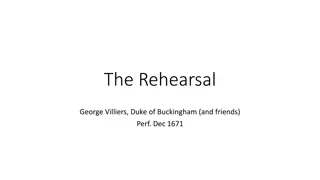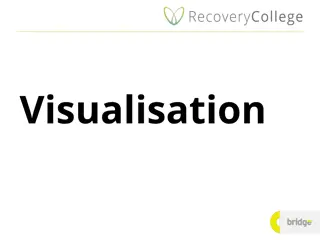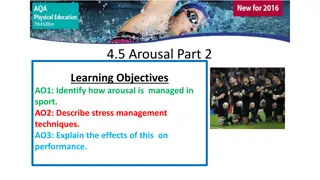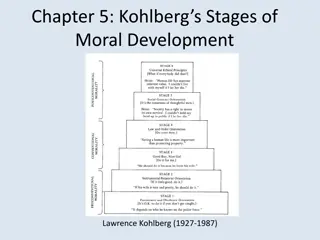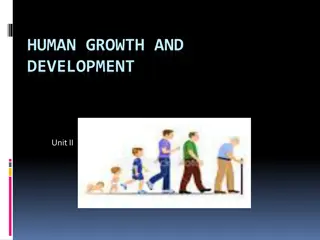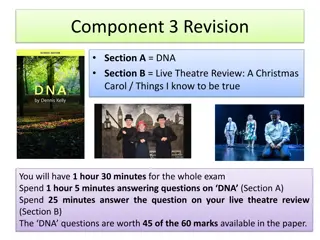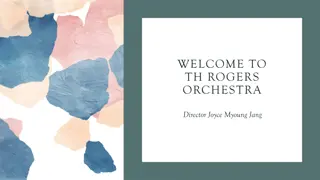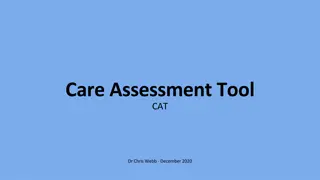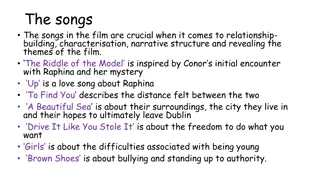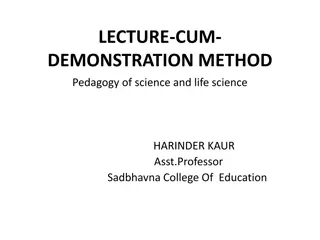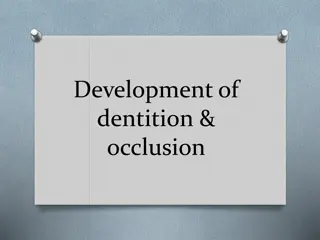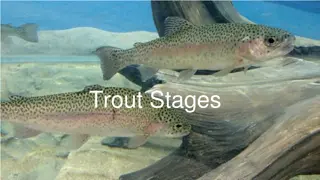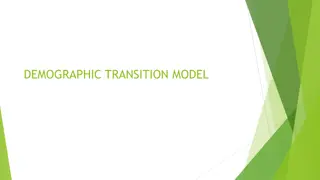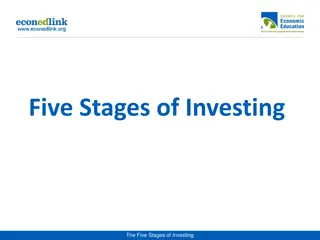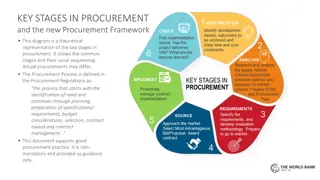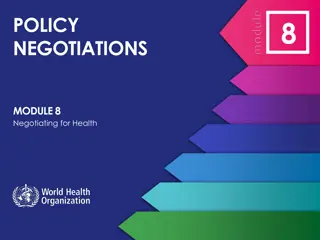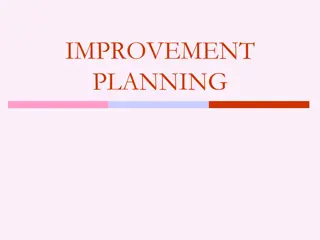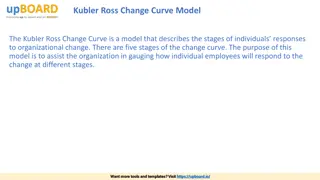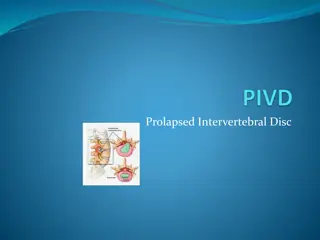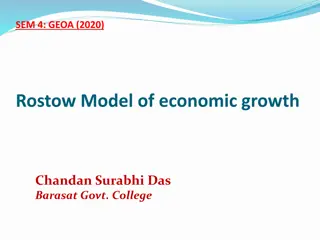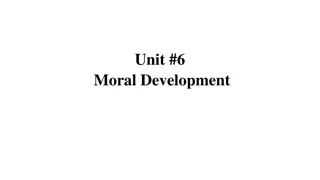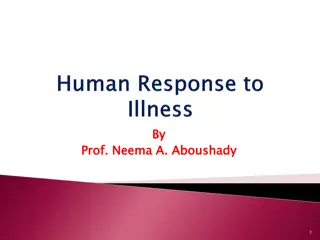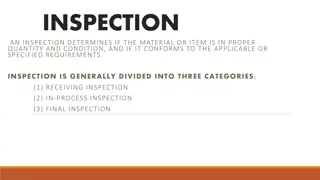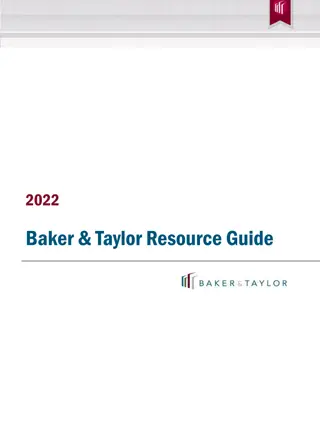Comprehensive Guide to Rehearsal Stages and Strategies
Rehearsal is a crucial process in the journey from initial reading to final performance, and it involves various stages such as reading, blocking, character development, and technical rehearsals. To effectively navigate these stages, actors can utilize rehearsal strategies like annotating the text, experimenting with props, proxemics, character motivation, gesture work, emphasis, intonation, entrances/exits, hotseating, and speed runs. These strategies help to enhance understanding, develop characters, and refine performances, ensuring a successful final production.
Download Presentation

Please find below an Image/Link to download the presentation.
The content on the website is provided AS IS for your information and personal use only. It may not be sold, licensed, or shared on other websites without obtaining consent from the author. Download presentation by click this link. If you encounter any issues during the download, it is possible that the publisher has removed the file from their server.
E N D
Presentation Transcript
Stages of Rehearsal and Rehearsal Strategies
What is rehearsal? Rehearsing is a word which used to describe a much bigger and wider process of going from nothing to a complete production. Therefore it also goes in stages. Each stage is helped with a series of rehearsal strategies.
The stages of rehearsal Reading and understanding Initial blocking Early characterisation Blocking Characterisation work Improving and developing performance work Building in design elements Tech rehearsals Dress rehearsals
Rehearsal Strategies or Techniques Activities that help us, as actors, develop or improve the play, in either our understanding of the play, our understanding of the character or how we perform.
Examples of rehearsal strategies. Annotating the text Experiment with different props Experiment with different props as you perform, making decisions on what would be best and why. Remember everything you place on stage is communicating something to the audience. Experimenting with Proxemics Develop your initial blocking by experimenting with proxemics. Do things like take a step closer when your character is angry. As you read the text highlight and annotate each line your character says to show your characters emotions. Character motivation and gesture Improve your understanding of your character by identifying in the text and your actions the characters motivation. Find ways of emphasis or making that motivation clear through movement, gestures, proxemics etc Sit Down, Stand Up and Lean To give you ideas when you start blocking, experiment with putting characters at different levels (standing, sitting, leaning etc ). Then play with it by saying things like every time you say a line you have to change your position with someone else . This will just give you an early idea for blocking that you can develop later. Experimenting with emphasis and intonation Develop your performance further by experimenting with details of your voice work. Look to see how you can improve the emphasis you place on words or your intonation to make sure you are communicating to your audience. Entrances and exits Hotseating Speed Reads As you add technical elements to your performance you should also rehearse entrances and exits. In most cases and plays, the characters aren t going off or coming on stage, but they are going to other locations or places. Where are those locations and can the audience get this from your actions? Ask a character to sit and respond to questions about themselves. Characters have to answer as themselves and use their knowledge of the text to answer the questions by either referring to what they know of the text or making reasonable inferences based on the text. A really useful idea to do when your play is nearly ready to perform is to do a speed read, or speed run through. This is when you go through as quickly as possible to make sure your blocking is secure in your mind.
The stages of rehearsal Reading and understanding Annotating text Initial blocking Sit down, stand up and lean Early characterisation Hotseating Blocking Experimenting with Proxemics Characterisation work Character motivation and gesture Improving and developing performance work Experimenting with emphasis and intonation. Building in design elements Experiment with different props Tech rehearsals Entrances and exits Dress rehearsals Speed reads
The stages of rehearsal Reading and understanding Annotating text Initial blocking Sit down, stand up and lean Early characterisation Hotseating Blocking Experimenting with Proxemics Characterisation work Character motivation and gesture Improving and developing performance work Experimenting with emphasis and intonation. Most rehearsal strategies occur in these stages of rehearsal as you are developing, creating and making the performance. Add as many different rehearsal strategies as for each of these stages onto your graphic organiser.


